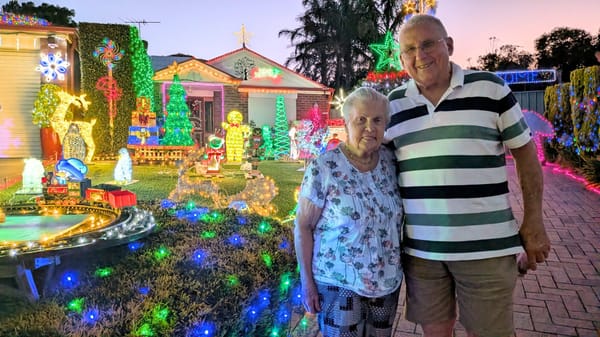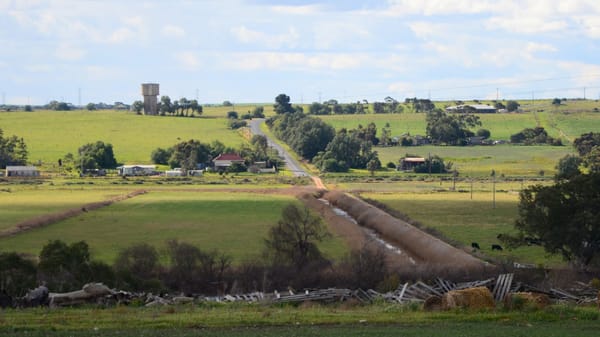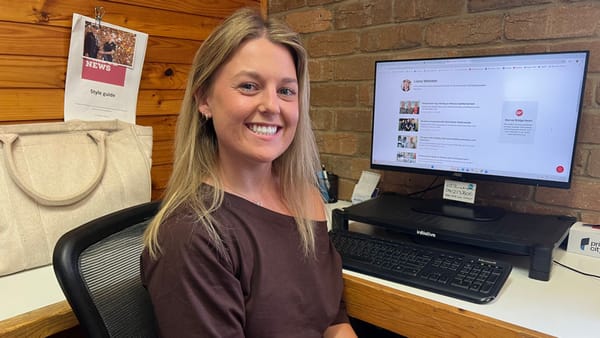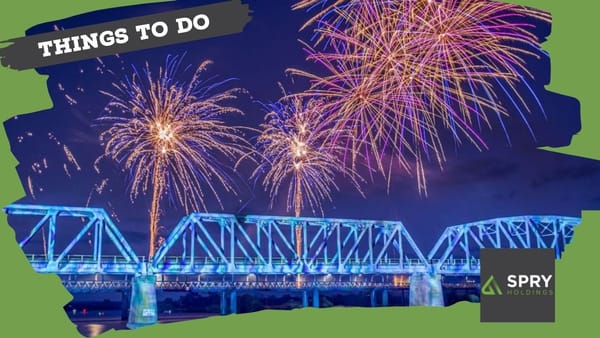Flood recovery: Listen to locals next time, says Wall Flat farmer
Sam Martin has added his voice to a chorus of Lower Murray irrigators who have urged the state government to value their expertise.

Locals support locals – that’s why this recent post is now free to read. Your support can help Murray Bridge News tell important local stories. Subscribe today.

The river is lower than it was seven months ago, but frustration is still high among at least some of the Lower Murray’s floodplain farmers.
Wall Flat producer Sam Martin is the latest to add his voice to a chorus urging authorities to place a greater value on local expertise the next time disaster strikes.
“Time and time again we’ve tried to give advice,” he said at a flood recovery meeting in Murray Bridge last week.
“Before the flood, we suggested breaking the levee … so there’d be limited damage to the levee bank; now instead of two breaks we’ve got seven.
“(As the flood receded) we suggested you break the levee bank to let the water out for free, and they said ‘no, we can’t do that’.
“We got told we weren’t allowed to pump out using our pumps, and if we were, we wouldn’t be compensated, and that there were no flood pumps available; but I did a Google search, ‘flood pumps for hire’, and they were.”
Locals support locals. Your support helps Murray Bridge News tell important local stories.
He became more frustrated still when Department for Environment and Water engineers came to fix the levee.
“We said ‘red clay can’t sit on the side of the levee bank, because it’s just going to wash away’,” he said.
“The engineers said ‘it’s fine’ and within a couple of days they were rocky ditches because red clay just washes away.”
Mr Martin also argued that floodplain de-watering had taken longer in 2023 than in 1956; and took issue with the fact that the government’s recovery grants were the same for all producers, whether they had five hectares or 500.

Flood recovery coordinator Alex Zimmerman acknowledged that authorities still had things to learn, and were open to criticism.
“Every part of the process, from response to recovery, we want to review,” he said.
“Where we can do things differently, and better, we will.”
Levee system’s future remains unclear
The meeting, at Murray Bridge Performing Arts and Function Centre last Wednesday night, offered little clarity about the future of the Lower Murray’s levees.
Department for Environment and Water spokeswoman Birgitte Sorenson said a “big proposal” would be put to the state government next month.
She suggested funding would be sought to establish a business case for a later stage of work.
“We’re looking at that longer-term approach to the levees in terms of … how they are managed, how they are maintained into the future,” she said.
“We’ve had some really good discussions in the (Lower Murray reclaimed irrigation areas) sub-committee and others around their feedback and thoughts.”

However, Murray Bridge Mayor Wayne Thorley warned the department to consult much more widely before coming to any final decision.
“We’re making decisions about the future … but you haven’t talked to the people who are going to have to pay for it,” he said.
“You need to have good consultation.”
DEW’s Scott Ashby assured him that committee members did not want the government to take control of all the levees, or for all of them to be placed in private hands.
“If there was anything changing, we’d require the sort of consultation you’re talking about,” he said.
“This can’t be something that’s decided behind closed doors.”

Floodplain de-watering should be finished next month
Almost 3300 properties, totalling 91,000 hectares in area, were flooded during the summer’s floods, Mr Zimmerman said.
Included among them were 142 farming businesses within the Lower Murray’s irrigation areas, with an area of 1247ha.
More than 200 people were still receiving help from case managers at last count.
The state and federal governments made available $194 million worth of assistance, though Mr Zimmerman did not say how much had been spent.
He did say that 40 gigalitres of water had been pumped off the flats so far.
De-watering of the seven floodplains which are still partially inundated – including Mobilong, Glen Lossie and Toora – was expected to finish by the end of September.
All of the levees along the Lower Murray remain closed to the public.
- Watch a recording of the meeting: www.youtube.com/@murraybridgeperformingarts3260.
- Get help: Visit www.recovery.sa.gov.au or the flood recovery centre at 28 Bridge Street, Murray Bridge between 9am and 5pm on weekdays, or call 1800 302 787.
- Read more: Updates on the recovery from the 2022-23 River Murray floods





